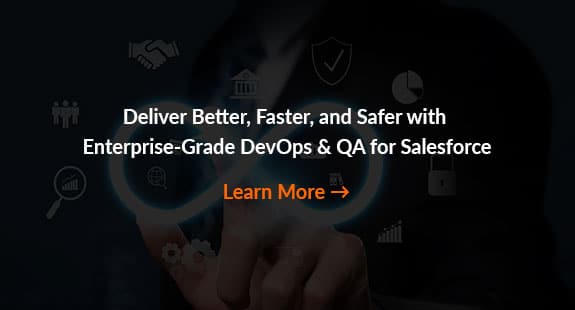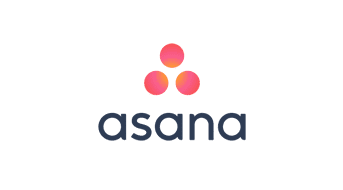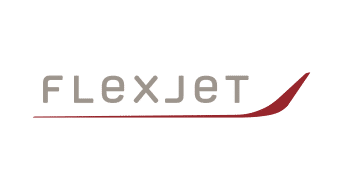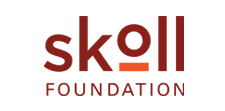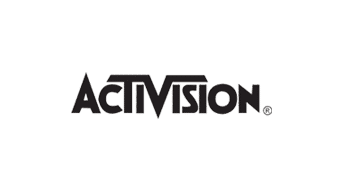Trusted By Clients
The Brands You Trust, Trust Us for Results
Service Overview
Service Overview & Detailed Service Features
CriticalRiver helps teams accelerate Salesforce development while maintaining strict quality standards. We design CI/CD pipelines that work within your release workflows and introduce automation from the earliest development stages to post-deployment.
The result: fewer manual steps, faster deployments, and fewer production issues. Every build is tested, traceable, and backed by systems that detect and correct failures in real time.
CI/CD Pipeline Implementation
We build CI/CD pipelines that connect your development, testing, and production stages without disruption. Each stage is automated, versioned, and logged, so teams always know what’s running and why. With automated validations, teams can deploy smaller changes more often—reducing downtime and risk.
Automated Testing Suite
Our testing framework covers everything from unit tests to end-user scenarios. We use tools like Selenium, TestNG, and Provar to create reusable test scripts that scale across releases. Tests are triggered automatically during builds, helping you catch issues early without waiting for manual QA cycles.
Version Control & Branching Strategy
We define branching strategies that match your team’s structure and velocity. Developers work independently, commit to feature branches, and merge into main only after passing automated checks. Every change is versioned and traceable, reducing conflicts and improving coordination across distributed teams.
Shift-Left Quality Engineering
Quality doesn’t begin at the end of a sprint. We integrate test automation into development workflows to reduce rework and identify issues before they impact users. This gives teams better feedback loops and lowers the time spent fixing defects late in the cycle.
Rollback & Hotfix Mechanisms
Mistakes in production can’t always be prevented—but they can be reversed quickly. Our rollback workflows let teams restore stable versions with a single command. Hotfixes can be deployed in isolation without delaying scheduled releases or restarting pipelines.
Performance & Load Testing
We create simulations that mimic real-world user activity and test your system under high load. By identifying performance bottlenecks early, we help you avoid slowdowns during launches, campaigns, or peak usage hours. Load testing is integrated into the test cycle—not left for later.
Monitoring & Error Detection
We set up dashboards that track build health, error rates, and deployment timelines in real time. Logs are centralized, monitored continuously, and flagged when anomalies are detected. These insights help your teams act faster when something breaks—and prevent issues before they escalate.
Process/Methodology
From Strategy to Evolution—Seamless Execution, Every Step of the Way
Step 01
Strategy
Designing a scalable DevOps and QA blueprint for your Salesforce landscape
- Upstream: Release Planning & Governance
- Flow: Sprint-Ready CI/CD Design
- Confluence: Test Strategy Definition
- Channel: DevOps Architecture for Salesforce Clouds
Step 02
Implementation
Deploying fully automated pipelines, test suites, and integrated environments
- DevOps Toolchain Deployment
- Automated Functional & Regression Testing
- Git Strategy & Branch Management
- Sandbox & Org Synchronization
Step 03
Evolve
Optimizing release health and accelerating cycle time through agile governance
- Release Velocity Analytics
- Defect Density Reporting
- CI/CD & Test Suite Optimization
- Continuous Roadmap Improvement
Industries We Serve
Industry Expertise
Industry expertise that cuts through complexity—delivering clarity, strategy, and impact at every turn.
Hi-tech
Energy & Water
Banking/Finance
Healthcare
Manufacturing
Non-profit
FAQ’s
Frequently Asked Questions (FAQs)
1. What DevOps tools do you use for Salesforce?
We use a combination of Git, Jenkins, Gearset, Bitbucket, Copado, and proprietary CriticalRiver accelerators for robust DevOps automation.
2. Can this framework work with a highly customized Salesforce org?
Yes. Our pipelines are designed to work across complex, custom environments and integrate with existing workflows seamlessly.
3. What’s your approach to testing Salesforce Lightning components?
We use tools like Provar, Selenium, and Apex test frameworks to validate Lightning Web Components (LWC) through automated UI and unit testing.
4. Do you support multi-org deployments and integration testing?
Absolutely. We design test environments that mirror production and validate integrations across multiple Salesforce orgs and third-party systems.
5. How do you ensure traceability and compliance during deployments?
Our version control and audit trail practices ensure every code change is logged, reviewed, and validated—supporting regulatory compliance.
6. Can you help us migrate from a manual to automated testing setup?
Yes. We assess current QA maturity and build a phased automation strategy that scales with your releases and test coverage goals.
7. What’s the ROI on DevOps automation for Salesforce?
Clients typically see 2–3x faster releases, 70–90% fewer bugs in production, and significant savings in QA and release management overhead.
8. Do you offer monitoring after deployment?
Yes. We provide ongoing monitoring, incident management, and performance insights to ensure post-release stability and continuous improvement.
9. Is rollback really automated or manual intervention needed?
Rollback is pre-scripted and version-controlled. In most scenarios, it’s automated and can be executed in seconds without human intervention.
10. How soon can we get started?
With our accelerators, we can begin assessment and framework setup in as little as 1–2 weeks depending on org complexity and goals.

Tell us how we can help you
Have questions or ready to start your digital transformation journey? Our experts are here to help you every step of the way. Get in touch with us today and let’s build the future together!
